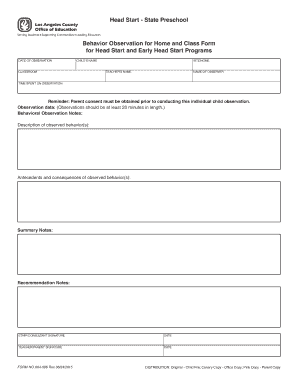

It does not require the cooperation of a child, but it is important that the child is sated, well-rested and awaken. PLEASE NOTE! Behavioral observation audiometry is completely non-invasive. It is a supporting test for the selection of hearing aids and allowing the evaluation of the benefits of the proposed hearing aid.

The table is also often accompanied by a brief description of the test, which may be issued at the request of a parent or a guardian.īehavioral reflex and play audiometry in children:ĭue to the nature of the test, BAO is typical for newborns, infants and non-cooperating children. Test result: Behavioral observation audiometry ends with a filled table showing the occurrence of response to the stimulus sound of a specific volume and frequency (or frequency band for broadband sounds). For older children, the test is carried out on the parent’s lap or unassisted on the chair / wheelchair / baby carrier.

From the speakers are sounds at a specific frequency and volume played, while the researcher observes characteristics, scope, intensity and frequency of the child’s responses. Children under 1 year of age are examined on the changing table, which is placed in a calibrated free-field.
BEHAVIORAL OBSERVATION PROFESSIONAL
The examining doctor or the professional observes the child’s response on a given sound stimulus. This test provides very important information for the hearing care professional, as in the case of the occurring and recurring reactions it shows the actual threshold of child’s hearing for a given frequency. It can also be used as an auditory reactions screening test. onomatopoeias, the sounds of musical instruments. Test involves administration of stimuli known to the child or adequate to the developmental age, ie. It is performed in order to confirm the results of the research objective and in order to observe the child’s behavioral response to the given sound stimulu. The Prosocial Behavior Observation Grid allows to record the occurrence of 2- to 5- year-olds spontaneous helping, sharing, and comforting behaviors. What is behavioral observational audiometry performed for?īOA test is performed primarily as a subjective test of complementary test to the objective test (OAE, AI, ABR). As the name suggests is based on the study of behavioral and involuntary reflexes of the child. The test is performed in order to evaluate the response of auditory child when choosing a hearing aid or to assess the benefits of the hearing aid or the cochlear implant. Respondents indicated that they could and would utilize knowledge gained from the workshop at their own facilities.Behavioral observation audiometry is a test performed in children under 3 years of age, non-cooperating children, children with disabilities, with a diagnosis of autism or CP. Ultimately, the workshop introduced and clarified behavioral observation techniques and their applications in a variety of contexts. Respondents completing both surveys showed significant improvement in their knowledge of behavioral data collection techniques. Eighty-two individuals completed the majority of the survey with 81% expressing satisfaction with the initial workshop presentation.

Many of the respondents reported familiarity with different observation techniques. More than 90% of the respondents had heard of behavioral ethograms and 68% of the respondents had used one previously. Out of 177 survey respondents, almost a third reported using behavioral data collection to manage animal behavior prior to the workshop. Behavioral observation: Technology and applications in developmental disabilities. The program included (1) a presentation on different data collection techniques and the types of questions each technique can address, (2) two 20-minute sessions of observation practice at two different facilities, (3) a final summary presentation of the data collected, and (4) pre- and post-surveys conducted immediately before and at the end of the workshop. To demonstrate the applicability of appropriate data collection techniques to this applied discipline, we conducted a multi-day workshop that provided attendees training and practice with several data collection techniques that could be used to evaluate animal behavior in both spontaneous and enrichment-provided settings. Unfortunately, these observational skills are not always taught to individuals who need them the most, animal care professionals. One critical component of comparative analyses is to select the best data collection technique. Comparative psychology has a long history of investigating topics that promote comparisons across disciplines, constructs, and species.


 0 kommentar(er)
0 kommentar(er)
